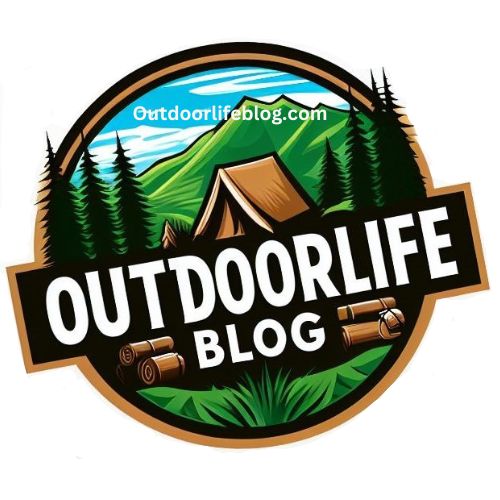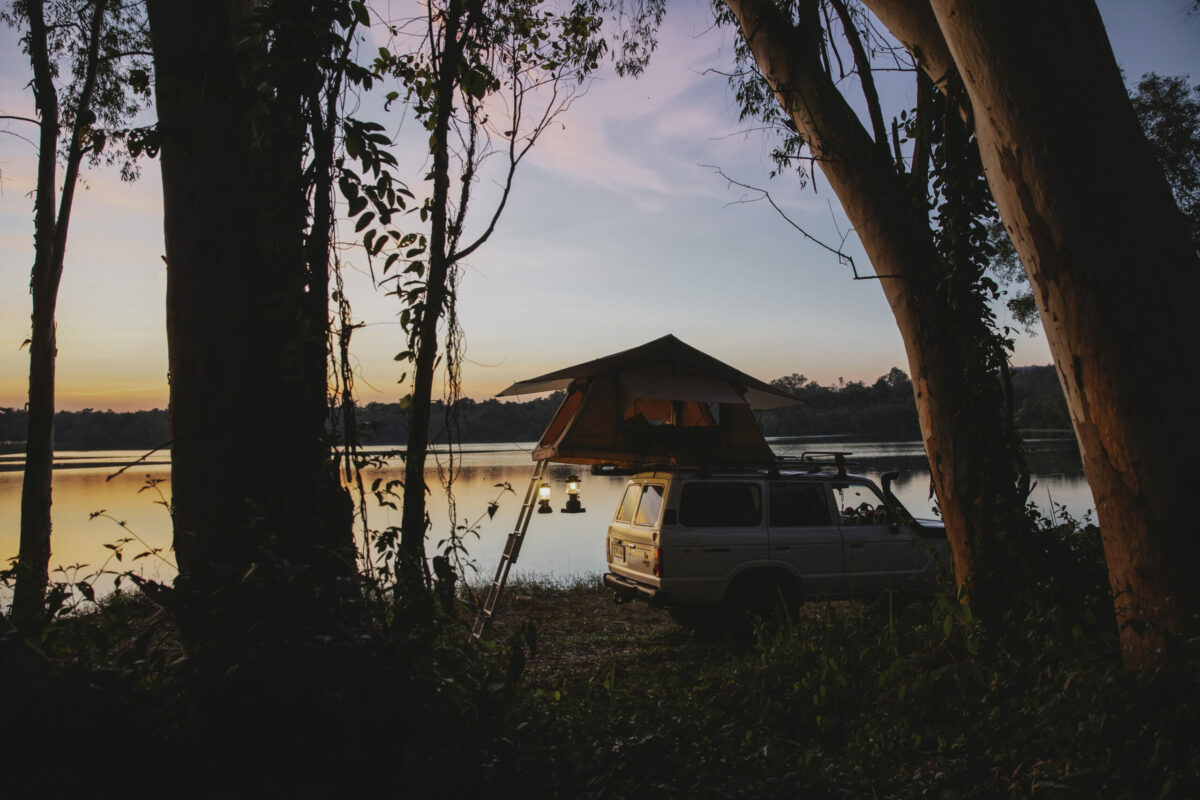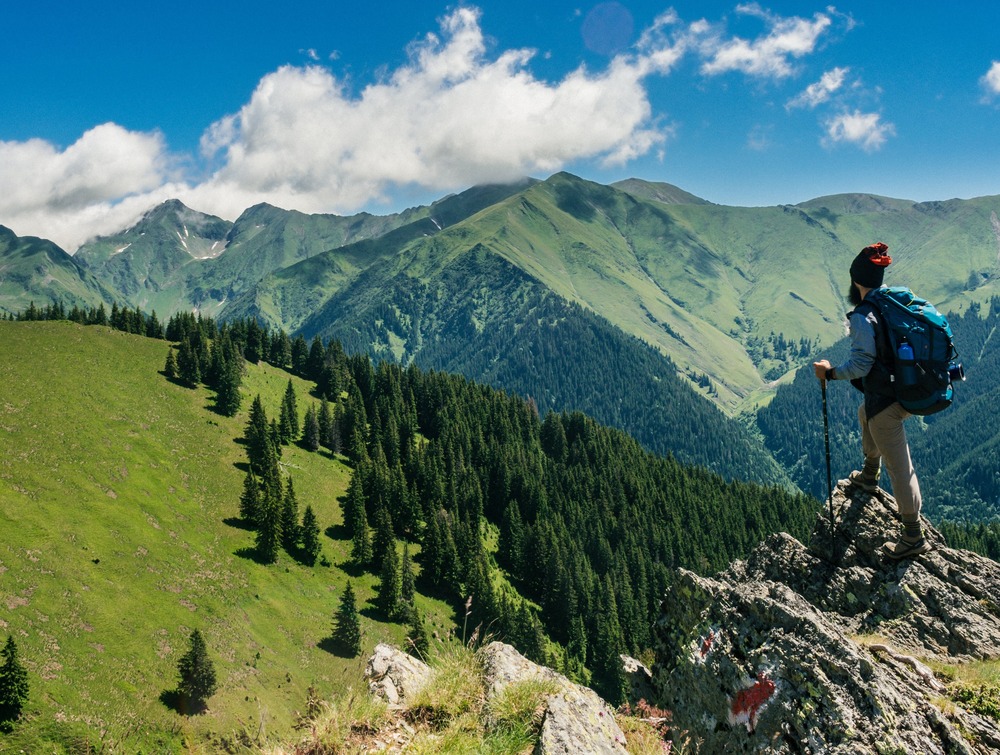Camping in the woods can be a great way to enjoy nature and appreciate the beauty of the outdoors. However, there are a few dangers that you should be aware of before you go. Being aware of these dangers can be the difference between a fun and enjoyable camping trip and a dangerous and potentially deadly experience. From falling branches to lightning strikes, there are a few dangers that you need to be aware of before you go camping under trees.
In this article, we will discuss the 5 main dangers of camping under trees and how you can avoid them. With the right knowledge and precautions, you can ensure that your next camping trip is a safe and enjoyable one. So, let`s take a look at the 5 dangers of camping under trees – what you need to know before your next trip. Let’s get started.

What are the 5 main dangers of camping under trees?
There are a few dangers associated with camping under trees, including falling branches, insects, poor ventilation, lightning strikes, and wild animals. Let’s take a look at each of these dangers in detail.
One of the most common dangers associated with camping under trees. Trees are living organisms and are susceptible to damage, particularly in cooler months when they are dormant. This means that trees are particularly susceptible to falling branches during the spring and fall seasons.
You should always try to select trees that have a wide canopy when camping under trees. This will help to reduce the risk of falling branches. You should also try to select a spot that has ample room for the tree to drop leaves without damaging your camping equipment.
The best way to avoid being hit by a falling branch when camping is to inspect the tree and surrounding area before setting up your gear. You should also keep an eye on the tree throughout your stay to keep track of any changes.

#1 Be Aware of Widow-makers!
Widow-makers are dead trees or large, broken-off tree limbs that hang precariously overhead. They have earned their ominous name because they can fall without warning, posing a significant threat to anyone or anything beneath them. The weight and force of a falling widow-maker can cause serious injury or even death.
Why are Widow-makers Dangerous?
Unpredictable Nature: Widow-makers can fall at any time, whether due to a gust of wind, the weight of snow or rain, or the natural decay of the tree or limb.
Heavy Weight: Even a small branch can weigh several pounds, and larger limbs or trunks can weigh hundreds of pounds. The force of such an object falling from a height can cause catastrophic damage.
Stealthy Threat: Campers often don’t notice widow-makers because they’re looking for a flat spot to pitch their tent, checking the ground for rocks and roots, or focusing on other campsite amenities. This oversight can lead to setting up camp directly beneath a potential hazard.

How to Avoid Widow-maker Incidents:
Inspect Overhead: Before setting up camp, always look up and inspect the trees and branches overhead. Avoid camping under dead trees or trees with large, broken limbs hanging overhead.
Choose Open Areas: If possible, choose open areas for camping, away from tall trees. Meadows, clearings, or established campsites are often safer choices.
Listen to Nature: If you hear creaking or cracking sounds from above, it might be a sign that a tree or branch is unstable. Move to a safer location immediately.
Weather Awareness: In windy conditions or after heavy rain or snowfall, the risk of widow-makers falling increases. Be extra vigilant during these times.
Educate Fellow Campers: If you’re camping with others, especially those less experienced, educate them about the risks of widow-makers and the importance of choosing a safe campsite.
While the allure of camping and connecting with nature is undeniable, it’s essential to remain aware of potential dangers. By taking a few simple precautions, you can ensure that your camping experience is both enjoyable and safe. Always remember: Look up and stay aware!

#2 Insects
The insects that you are likely to find around a typical campsite are not usually dangerous. However, there are some types of insects, such as mosquitoes and ticks, that can spread disease and cause irritation. Therefore, it is important to take precautions against these pests when camping under trees.
There are a few things that you can do to keep the insects away from your campsite when camping under trees. You should try to keep the area around your camp clean, including eliminating standing water around the area. You can also use citronella candles to repel mosquitoes.
You can also use insect repellent to protect yourself against bites from insects. You should always choose a repellent that is safe for children and pets when camping under trees.

#3 Fires
Trees block out light and provide a great deal of shade as we all know. This can be great during the day when its hot, but camping under trees can lead to an increased risk of a forest fire. You should be extra careful around open flames when camping under trees. As we know heat rises and potentially set a tree on fire, so be extra careful. Always put the fire out before jumping into your tent for the night.

#4 Lightning strikes
This is another danger that you should be aware of when camping under trees. They are an attractive target for lightning strikes. When camping under trees, you should always try to avoid standing near large metal objects such as metal fences or poles. If you are looking for a spot to pitch your tent, choose one that is away from tall trees.

#5 Wild animals
While many animals are attracted to the food and water that people carry when camping, there are a few that can be dangerous if provoked. Snakes, bears and coyotes are a few examples of animals that you should be aware of when camping near trees or camping anywhere for that matter.
You can minimize the risk of being attacked by wild animals when camping under or around trees by keeping a clean campsite and hanging your food up high. You should also avoid wearing fragrant scents when camping in wooded areas.

How can you stay safe when camping under trees?
There are a few precautions that you should take when camping under trees to avoid these dangers. Let’s take a look at some of the ways that you can stay safe when camping under trees. Inspect the area around the trees before setting up your gear.
This will allow you to identify any potential dangers and plan your setup accordingly. You should also keep an eye on the trees throughout your stay to keep track of any changes.
If you notice the tree branch that you are camping under is drooping or the leaves are wilting, it could be a sign of an infestation or a sign that the tree is under stress. You should also keep an eye on the weather forecast and try to avoid camping under trees during periods of high fire risk or strong winds and storms.
Finally, make sure you have a wide-brimmed hat and long sleeves to protect your skin from sunburn and long pants and closed-toed shoes to keep away insects.
Additionally, you should always have a first aid kit, bear spray and insect repellent to hand and also know how to treat common camping injuries to ensure a safe trip regardless of the dangers associated with camping under trees.
Think about carrying an emergency whistle in case you run into a problem. Read my article on emergency whistles and why you should carry one. Here is my article on bear safety
Conclusion
Camping under trees can be a great way to enjoy nature and appreciate the beauty of the outdoors. However, there are a few dangers that you should be aware of before you go. Being aware of these dangers can be the difference between a fun and enjoyable camping trip and a dangerous and potentially deadly experience.
From falling branches to lightning strikes, these are a few dangers that you need to be aware of before you go camping under trees. With the right knowledge and precautions, you can ensure that your next camping trip is a safe and enjoyable one.


